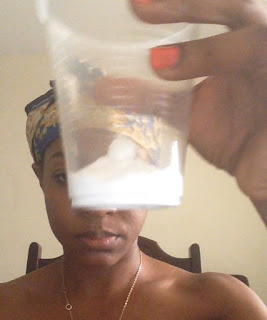Helping Patients Survive
Sepsis has become one of the most devastating conditions causing serious implications on healthcare worldwide. For this reason, nurses need to be knowledgeable about the clinical presentations for prompt intervention.
What Is Sepsis?
A condition of an infection caused by a response to any germ (bacterial, fungal or vial) that has entered and spread throughout the body. This can be potentially life threatening as it causes severe inflammation in response to chemicals released into the bloodstream. It occurs anywhere in the body but more commonly the brain, bloodstream, heart, kidneys, and lungs.
Risk Factors
· immunosuppressive diseases (HIV and cancer patients)
· chronic illness (diabetes and cardiovascular disease)
· children and the elderly
· persons who have undergone invasive procedures (intravenous line, surgery)
· drug -resistant bacteria (bacteria resistant to antibiotics)
· wound and injuries
· ICU patients
Signs and Symptoms
Sepsis is categorized into three categories. Treating the condition in its earliest stage helps to prevent progression of the infection.
Sepsis
Diagnosis is made when at least two of the following symptoms are present:
Fever above 101F or below 96.8 F
Rapid heartbeat greater than 90beats/ minute
Rapid breathing greater than 20breaths/ minute
Possible or confirmed infection
Severe Sepsis
Diagnosis is made when there is an indication of organ failure and presents with one of the following:
Chills
Weakness
Confusion
Significant decrease in urine output
Difficulty breathing
Unconsciousness
Septic Shock
Diagnosis is made with any of the signs and symptoms of severe sepsis along with extremely low blood pressure.
How Nurses Can Help Prevent Sepsis
Early detection and intervention can improve a patient’s chances of survival. With careful nursing assessment, nurses can quickly identify signs and symptoms, initiate a plan of care and adjust according to the effectiveness of interventions.
The following are recommended:
Know signs and symptoms
Assess patients at risk of developing sepsis (post operatives, open wounds)
Clean or change IV lines, catheters and breathing tubes as required to prohibit growth of microorganisms
Maintain aseptic techniques
Meticulous hand washing
Administer antibiotic treatment as ordered
Teach patient to recognize complications












